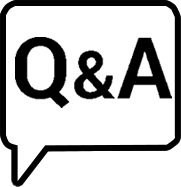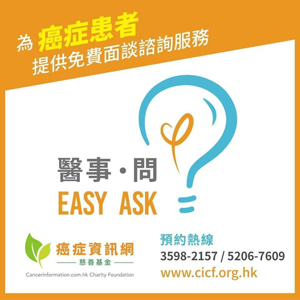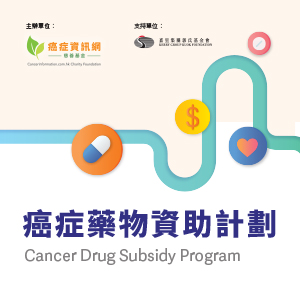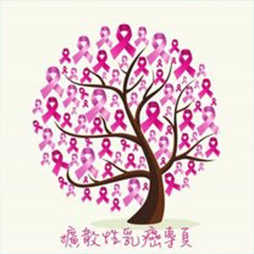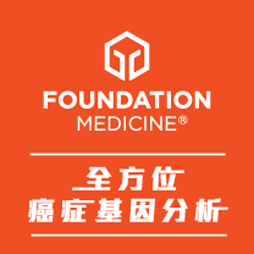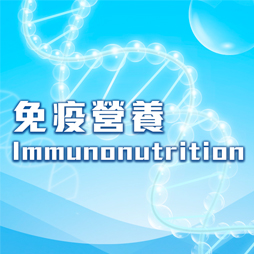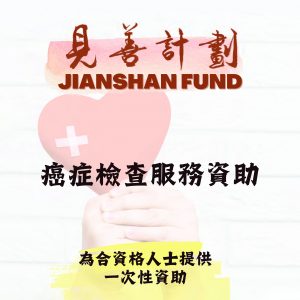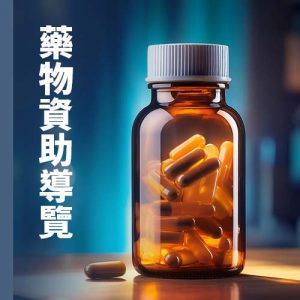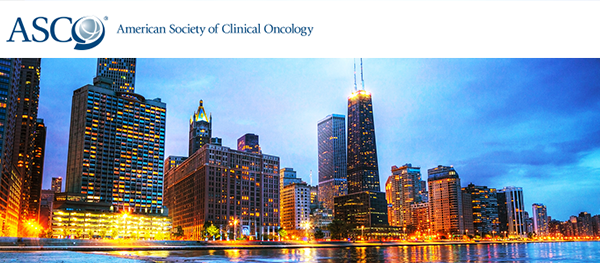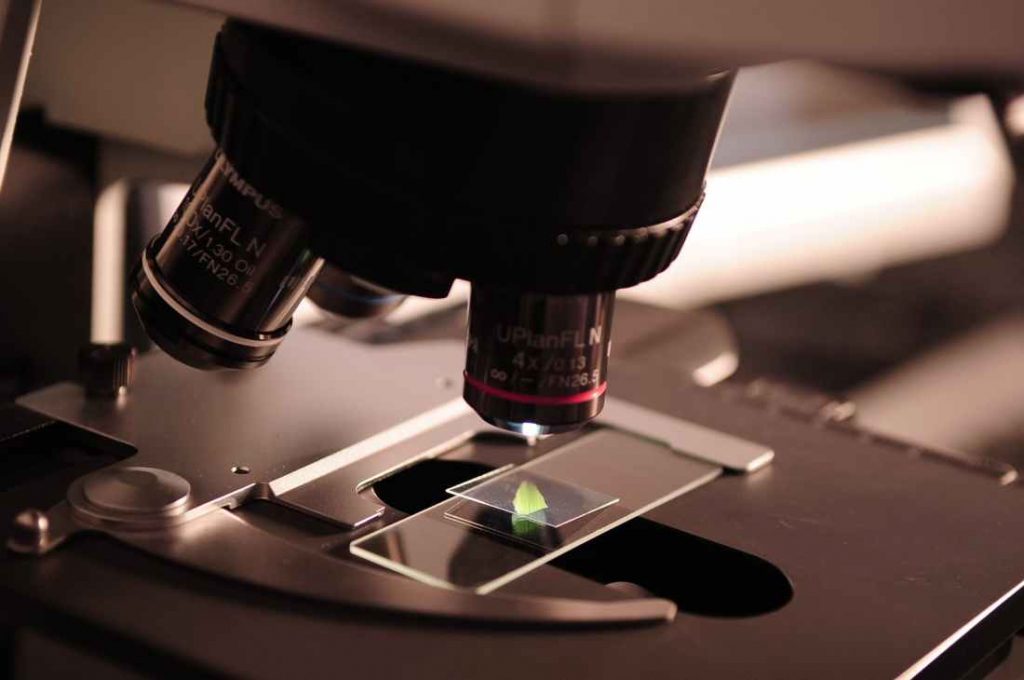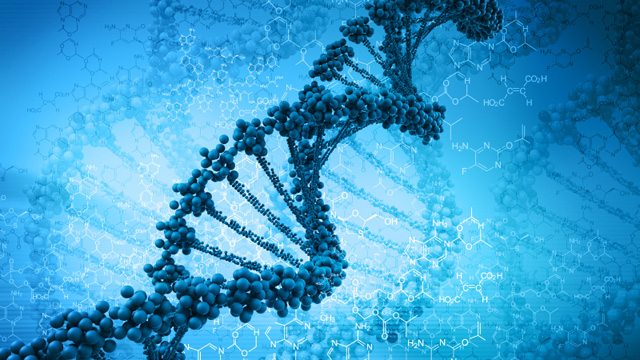義大利專家推出“防癌披薩”
近日,義大利醫療科研機構推出了一款新型披薩——“防癌披薩”,這款披薩將於當地時間6月10日在義大利南部那不勒斯披薩節正式推出。
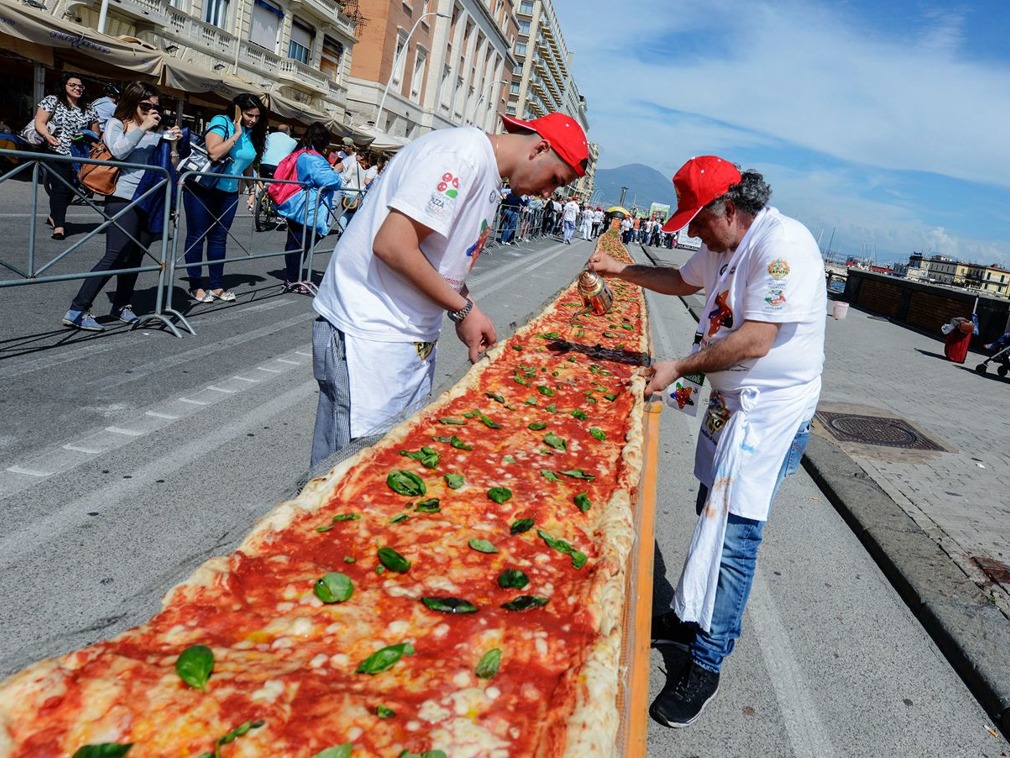
合理飲食是最簡單的健康途徑,圖為義大利2,000米超長披薩(圖源:VCG)
綜合媒體6月4日報道,這款“防癌披薩”是由義大利帕斯卡萊(Pascale)國家腫瘤研究中心與那不勒斯披薩店合作推出的。希望能夠借此呼籲人們養成良好飲食習慣,降低癌症發病率,提高人們的生活質量。
“防癌披薩”的食材原材料主要包括小麥粉、坎帕尼亞的生芥藍菜、科爾巴拉或聖馬爾紮諾生產的西紅柿、卡亞佐生產的橄欖、奇倫托生產的橄欖油、蒜和辣椒。
研究報告顯示,由這些食材製作成的披薩,具有降低心血管疾病、預防消化系統腫瘤和腸癌的功效。
研究人員表示,“防癌披薩”不僅有助於食用者攝取有效食物營養,而且具有傳播和鼓勵人們養成健康飲食習慣的作用。義大利多學科專家學者參與了“防癌披薩”項目的研發工作和科學鑒定,並已正式命名該款披薩為“帕斯卡利那(Pascalina)披薩”。
在近幾十年中,癌症在不知不覺間已經上升到致死原因的三甲之列,發病率的攀升讓很多人不禁在問:生活中如何防癌呢?
建議一:避免吃“高能量密度”的食物
要少吃高能量密度的食物,避免大量含糖飲料,而速食盒飯等也最好少吃一些。
高能量密度食物指的是每100克食物的能量超過225卡路里,目前,高能量食物和含糖飲料是造成肥胖最主要的原因。特別是含糖飲料,提供了能量卻沒有產生飽腹感,還刺激人的味覺中樞,誘發人想吃東西的欲望。
建議二:多吃非澱粉類蔬果
每天至少吃400克不同種類的非澱粉蔬菜和水果。每天最好都吃一些穀類、豆類,而不能全部是精加工的澱粉性食物做主食。
多數有防癌效果的食物,是由植物來源的,每天吃的蔬菜、水果,最好有多種不同顏色,而大蒜也應納入其中。非澱粉類蔬菜、水果,是不包括土豆、白薯的,這些其實可以算主食。
建議三:避開醃制食品
避免吃醃制或過鹹的食物,不要用鹽來保存食物,保證每天鹽的攝入量小於6克。高鹽和醃制食物很可能是胃癌的病因之一,而發黴穀類、豆類含黃麯黴毒素,是肝癌的重要誘因。
文章來自: 多維新聞 (中)
http://culture.dwnews.com/renwen/big5/news/2018-06-04/60062281.html
The cancer-preventing pizza: Italian scientists use Mediterranean vegetables to create a healthier version of the popular dish (and you can eat it twice a week)
- Researchers at the National Cancer Institute in Naples invented the healthy pizza
- It has no meat or cheese, but olives, broccoli, tomatoes and garlic
- They say the Pizza Pascalina is healthy enough to be eaten twice a week
Scientists and chefs in Italy say they have made a pizza which prevents cancer and heart disease.
The Pizza Pascalina, designed by scientists in Naples, has been called ‘the pizza that extends life’ and an ‘anti-tumour’ pizza.
The Pascalina is packed with ingredients from the Mediterranean diet which are known to have health benefits.
Neither cheese nor meat feature on the dish; its toppings include tomatoes, olives and rapini – a type of broccoli.
It will be on sale at the Napoli Pizza Village, a pizza festival in Naples this week.
Scientists from the Istituto Nazionale Tumori in Naples – the national cancer institute – say the pizza is healthy enough to eat twice a week.
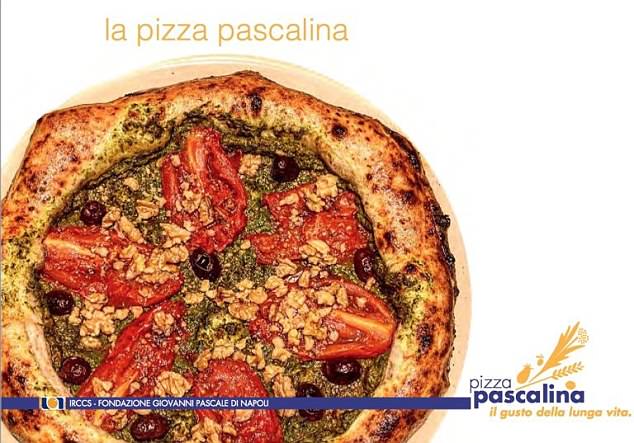
Pizza is usually considered to be an unhealthy treat, but scientists in Naples say the Pizza Pascalina – which contains no cheese – is healthy enough to be eaten twice a week
A group of researchers, restaurateurs, food producers and consumers came together the invent the pizza, according to Italian news site Affar Italiani.
Pizza can be healthy
They hope to encourage people to eat well – and show that even pizza can healthy – the site reports.
The pizza has a wheat flour base and is topped with cherry tomatoes, rapini, olives and extra virgin olive oil, garlic and chilli.
The Pascalina does not include cheese or meat, both of which are popular toppings but are also fatty and can contribute to heart disease.
Its healthy ingredients were chosen for their ability to reduce the risk of cardiovascular disease and some types of cancer in the digestive system, including bowel cancer.
Scientists have long praised the health-giving benefits of the Mediterranean diet, and studies suggest it could help tackle obesity, cancer, heart problems and brain disease.
Research last year showed tomatoes can slow the growth of stomach cancer, and the World Health Organization recommended in May that other countries follow a diet high in olive oil, fruits and vegetables.
Pizza Pascalina will be available to try at this week’s pizza festival on Naples’s waterfront until Sunday, June 10.
Past research shows pizza slices cancer risk
This is not the first time pizza has been said to help prevent cancer.
Research in 2003 discovered people who eat pizza at least twice a week are 59 per cent less likely to develop cancer of the oesophagus, have a 34 per cent lower risk of throat cancer and are 26 per cent less likely to get bowel cancer.
Dr Silvano Gallus, of the Mario Negri Institute for Pharmaceutical Research in Milan, said at the time: ‘We knew that the tomatoes used in the sauce are considered to be a food that prevents certain tumours.
‘However, we did not expect that pizza as a whole offered such high prevention against cancer.’
The secret is in tomatoes
The secret is thought to lie in lycopene, an antioxidant in the skin of tomatoes which makes them red.
It is thought that lycopene may inhibit or even reverse the growth of tumours.
Lycopene is found in fresh tomatoes but is much more efficiently absorbed by the body when the tomatoes have been processed into foods.
The 2003 findings were published in the International Journal of Cancer.
HOW IS THE PIZZA PASCALINA HEALTHIER?
EXPLAINED: THE MEDITERRANEAN DIET
文章來自: MailOnline (Eng)
http://www.dailymail.co.uk/health/article-5802689/The-cancer-preventing-pizza-Italian-scientists-use-Mediterranean-vegetables-create-healthy-dish.html

